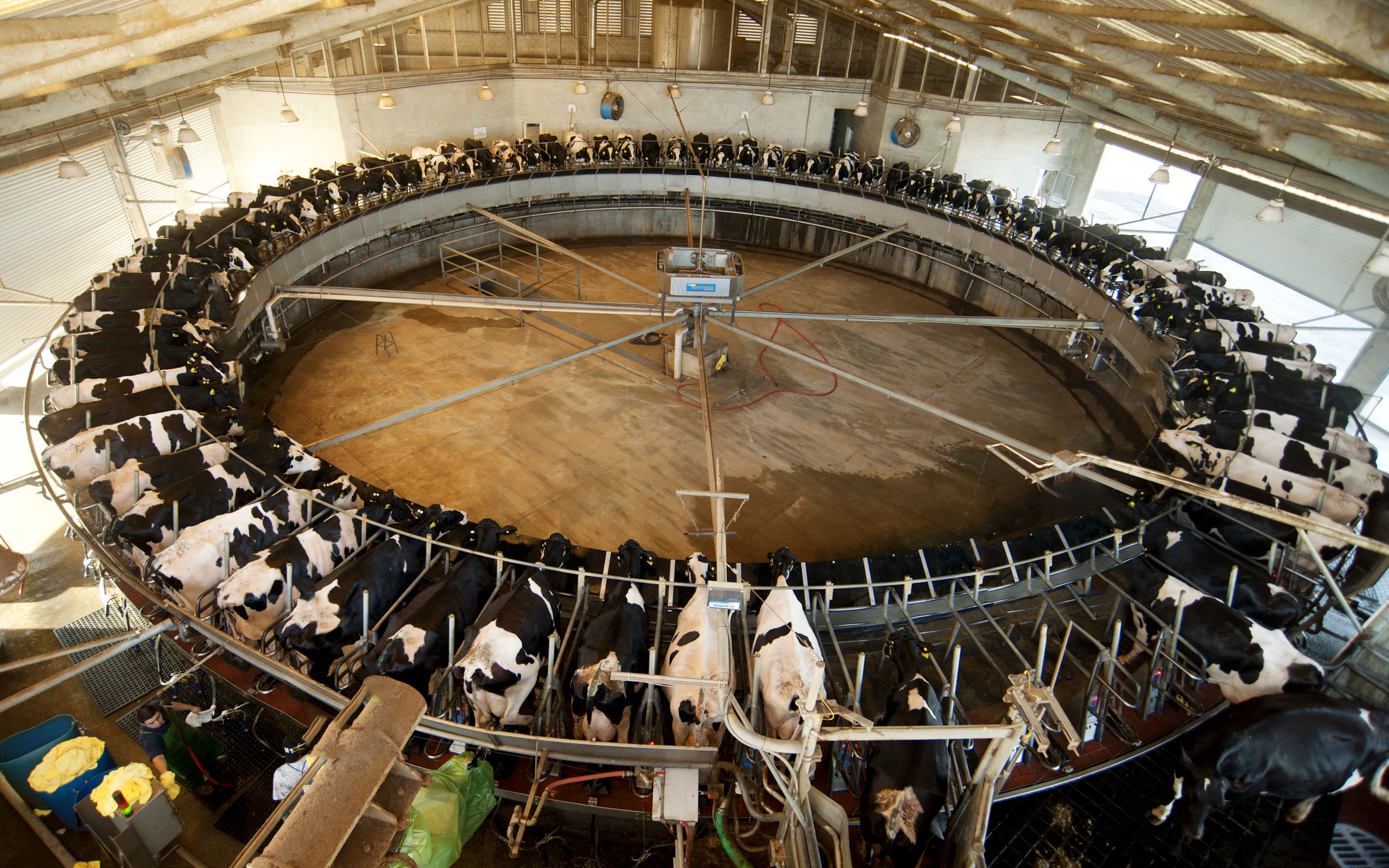The Extra Money Dilemma
Should I pay off loans, invest in capital assets, such as equipment, machinery and land, or just keep it?” First, this is a great situation to be in! Next, it’s important to analyze how this position occurred. Was it earned cash flow that was remaining from profits? Was the extra cash a result of the recent government payments or the sale of capital assets? Is this cash position the result of recurring profits or non-recurring circumstances?
The next step would be to develop a projected cash flow with different scenarios of production, price, costs and changes in interest rates if debt is structured on a variable interest rate or term interest rates are reset. Completing this task will assist in anticipating cash needs in the business or personal family withdrawals.
Complete an assessment of one's short-term and long-term business goals. Short-term goals are to be achieved in less than one year, and long-term business goals stretch out to greater than three years.
After these tasks are completed, examine debt structure including operating, intermediate and long-term debt. What are the interest rates and is there a prepayment penalty if the loan is paid off early? Is the debt on fixed or variable interest rates or is there a reset option of interest rates or terms? Will this occur in one to three, or five years?
A working capital analysis is an integral part of this overall analysis. Is your working capital, which is current assets minus current liabilities, greater than 25% of annual expenses? Is the cash portion of your working capital at least 20% of the total?
Part of the cash could be used to pay off debt with higher interest rates with the goal of improving cash flow by reducing payments. Some of the cash could be used to take advantage of cash discounts or reduce the purchase price of inputs because of the flexibility of cash. Examine your historical cash position. If you are risk averse, you may want to increase your working capital position. If debt reduction is a high priority, then allocate more cash towards this action. If you are a person that prefers the challenge of growth in the business, then cash can be used for capital expenditures to grow. However, maintain some cash buffer in case plans go south economically.
This balanced approach and analysis can reduce debt, but also position the business with financial liquidity, which is a high priority in an economic environment of volatility that creates both challenges and opportunities.

Dairy Market Update Calls
Stay up to date with market information and economic outlooks from dairy expert Dr. Marin Bozic. Contact your agent to receive access to these weekly Dairy Market Update Calls.
Learn more.jpg?sfvrsn=e8bfac6b_0)